The bridge barely curved that connects the terrible with the tender.
—Rilke
The children play at the Luxembourg fountain.
Their small ships catch wind and sail out and come round again.
2
Sometime between 250 and 200 B.C.
fishermen and boatmen of the tribe Parisii
discovered and built their huts on the largest island
in the river Seine. Celtic Lutetia, “Town surround-
ed by water,”
thus was born there.
The island is shaped like a boat—
and this figure became a part
of the capital’s coat-of-arms. So this was the start
of the city first named for its engulfing water
(on whose economy it depended), then after
the people themselves: members of the tribe of paris.
We listen to these water folk and know they hear us,
for we are born out of boats and out of water.
The first sound we hear is the heart
knocking quiet as a boat docks:
and we all dissolve to island, earth and tears later.
3
And into air and fire! Once in the Latin Quarter
in a space formed for him by waves of bright loiterers
near the shortest street named for the Cat Who Catches Fish—
or who (with slight inflection) “sins”—
I watched a dark young man, naked to his thin waist, push
long plumes of flame into the air
above our awed faces raised there.
From the sharp heat inside and out,
his head and chest glowed in the night
with an aura of oil or sweat.
Thirsting, he drank again from a sponge of kerosene
and breathed out long strings of fire and smoke into the Street
of the Harp.
Dark ash dropped back upon his face and cap,
which lay open on the cobbled road waiting for coins
from all who guessed at the mystery in what he’d done.
He built a vast pillar of fire as if to guide us,
then suddenly stopped, walked across
the space, and kissed a reaching child
(to bless and heal that amazed head),
waved gratefully to us who now filled his cap with alms,
and, smiling and burned (I saw scars beneath his raised arm),
he sailed up that narrowing street in a wildly bal-
looning white shirt we had watched him casually don
to cover his vestment of skin.
4
For centuries that old City
ended its west boundary
in a small archipelago
separated from the main island by the Seine’s two
arms. It was on one of these small islets that Philip
the Fair about the year 1314 had raised up
a stake for the grand master, Order of Templars, whom
he condemned, then from the palace window watched him burn.
These little islands, quickened with their ghost victim’s screams,
were joined in the sixteenth century by the decree
of Henry Third (and by a great engineering feat
Faust could envy) to the main island of the City.
This new western tip was given the name of a park,
“Vert Galant,” nickname of Henry Fourth: “The Gay old Spark.”
Near there I watched in a loud street
a white-haired man stand with one foot
on the curb, the other in the cobbled street, and play
an old mandolin. He was dressed in a black and frayed
tuxedo and played with intense passion, sadly, but
this desperate, dignified man, transformed by his art
and by poverty (his case kept open for money),
could not play the mandolin. —He
just strummed the same chord again
and again and again ...
5
It was also Philip the Fair
who created an aristocratic prison air
by building the blocks-long Gothic Conciergerie.
The best view is from the Right Bank: The Slaughter house Quay
(which now is a market for pets).
You can see the four recently cleaned towers reflect-
ed in the Seine. (At the Seine in fall, beneath the red
and gold leaves, you see the rust, mahogany and beige
boats gently jostle together at the shore and wait.)
On the right: the crenelated Bonbec Tower stays.
Bonbec means “babbler,” for this place
was used through the centuries as a torture chamber.
The right one of the twin towers, Argent, held treasure.
Still the gorgeous Horloge Tower on the left corner
of the ancient building across from the Bridge of Change
houses the giant clock which gave its name to that quay:
in its field of blue the many great gold fleurs-de-lys
and the two life-sized mythical
women, one with a fascicle
of wheat, one with a balanced scale raised high in the clock,
whose silver chime used to toll the hours for the monarch.
(This was melted down in those days when Terror struck.)
In this turreted place we have shaved the graceful neck
and head of Marie Antoinette, ripped her white, ruffled
collar wide and wrapped the cuff of
rope about her hands behind her back. We made her face
the casual knitting women and men making fists
sitting on steps in the “May Court”
(where a fresh tree was placed each spring by the lawyers’ clerks!)
on her way to the guillotine. Its blade was heavy
as primeval stone: she, the chemist Lavoisier,
Charlotte Corday, poet and brother André Chénier,
Madame du Barry—all 2600 who died,
having said their last farewells in the Women‘s Courtyard,
twelve per day underneath the blade!
and some were disemboweled beside.
Was there sometimes an image of beauty in their minds
at the last? Perhaps on white sands
beside the blue-black sea a matched pair of roan horses
galloping together in the bright spume, riderless.
Or a nude young man and woman lying together
touching in a field of flowers?
6
Nearby on this Island the gargoyles of Notre Dame
gawk in ancient horror and some
forever gnaw on stone rabbits in the parapets
or wail in winged, formal misery outside the set
limits of the orthodox Church—
all glory happening within the walls where they squat:
so hunched, so beaked, so horrorstruck.
7
A wing of the May Courtyard where the condemned waited
“Monsieur de Paris” as executioners were named
now adjoins the building of glass and light, with no walls,
it seems, jewel of Sainte Chapelle,
its windows of rose and blue, gold, green, yellow, purple,
rising fifty feet:
its spire piercing the foliate,
layered, many-colored egg of the vault of heaven,
showering all the primal hues and shadows given—
bright as the truth reflected in a drop of fresh blood
or the colors of the body’s inner organs hid-
den before the sure explosion of light that hits them
at the moment of violent death. —This is a time
like that of the sun that once a year, just at the dawn
of winter solstice, lights up an ancient Celtic stone
grave, striking the bones spread on shelves
with all the colors of the flesh.
8
Who can stand these juxtapositions of person and place and time? I walk across the Bridge of change where I have so often watched by the towers of the Conciergerie. Now, water laves a little higher up the stair from the River to the Quay, hiding some of the steps from me. Boats nudge at the edge. I walk along the Boulevard past the great gold and blue corner clock, the ornate wrought-iron gate and fence of the Place of Justice (its name changed from the time of kings), past the shadow and spire of Sainte Chapelle. I cross the Bridge of Saint Michel into the Latin Quarter. But I do not look for the Street of the Cat Who Fishes or the Street of the Harp. I turn right, wandering a bit, and suddenly, as if by chance, find myself at this street, and here I will wait, for it is our street, Rue Gît le Coeur: Here Lies the Heart.
for Roger Aplon—1975

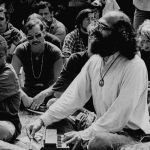
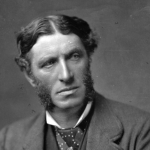



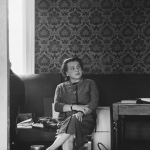

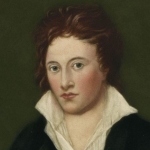
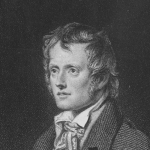
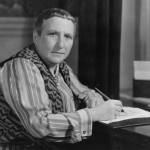
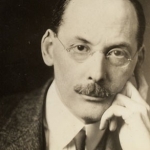
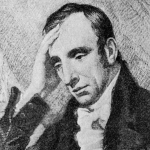
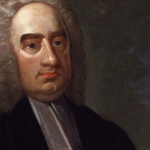
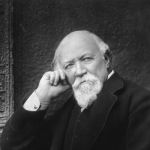
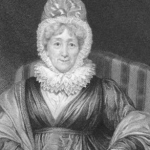
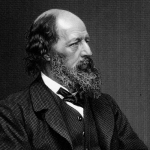

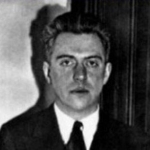
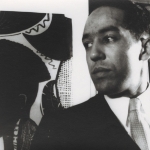
Comment form: